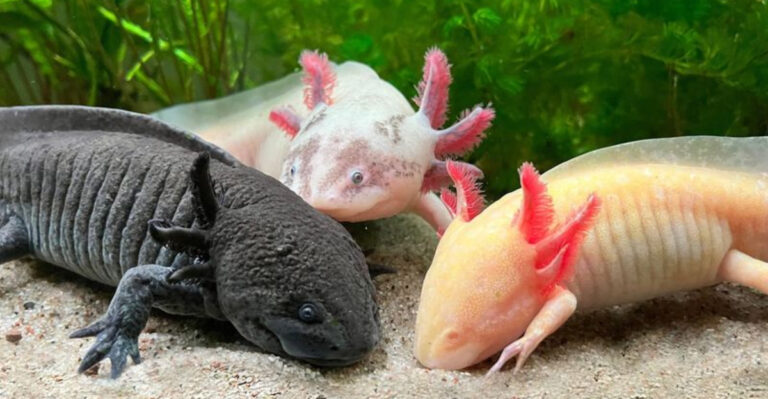15 Dinosaur Facts Scientists Wish You’d Stop Believing
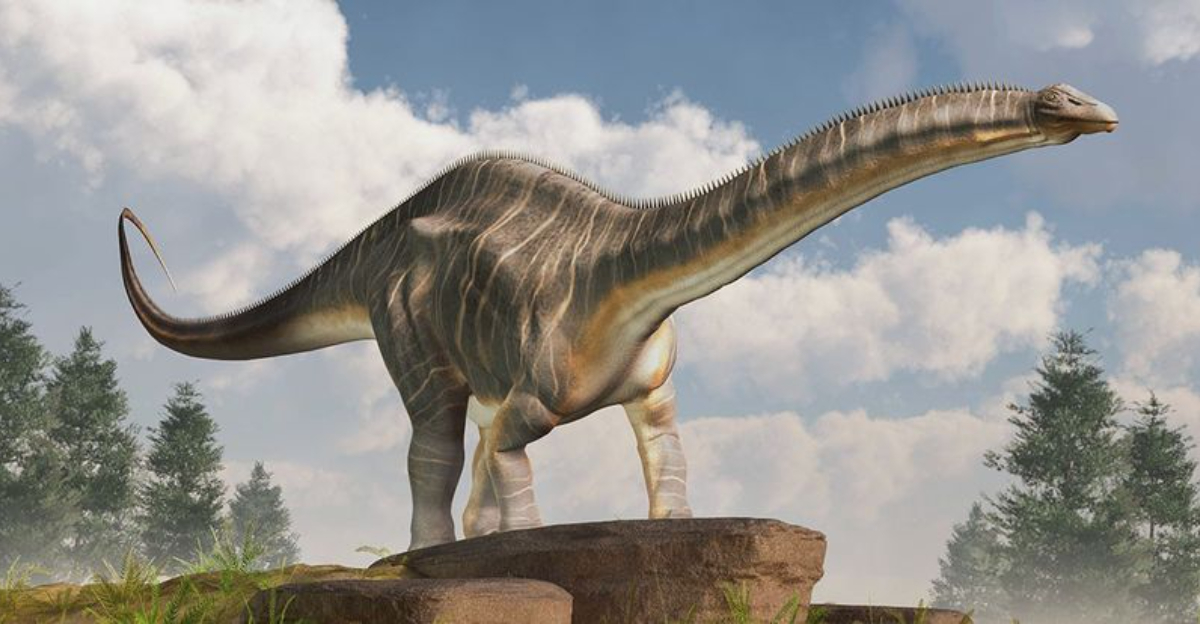
Ever watched a dinosaur movie and thought you were getting a science lesson? Think again! Popular culture has spread many dinosaur myths that make real paleontologists cringe.
From inaccurate roars to misrepresented behaviors, these prehistoric creatures have been victims of serious misinformation.
Let’s crack open some fossil-sized falsehoods that scientists wish would go extinct!
1. T-Rex’s Wimpy Arms Weren’t Actually Useless
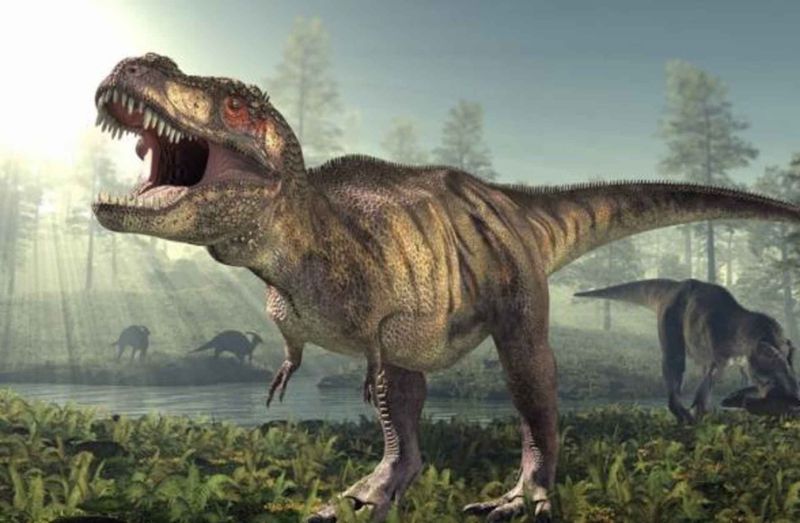
Those tiny arms could bench press up to 400 pounds! Despite being the butt of countless jokes, T-Rex’s arms were packed with muscle and served important functions like holding prey, assisting in standing up, or even courtship rituals.
Scientists believe these arms were specialized tools rather than evolutionary leftovers. Their compact design actually provided incredible strength relative to their size.
2. Velociraptors Were Actually Turkey-Sized
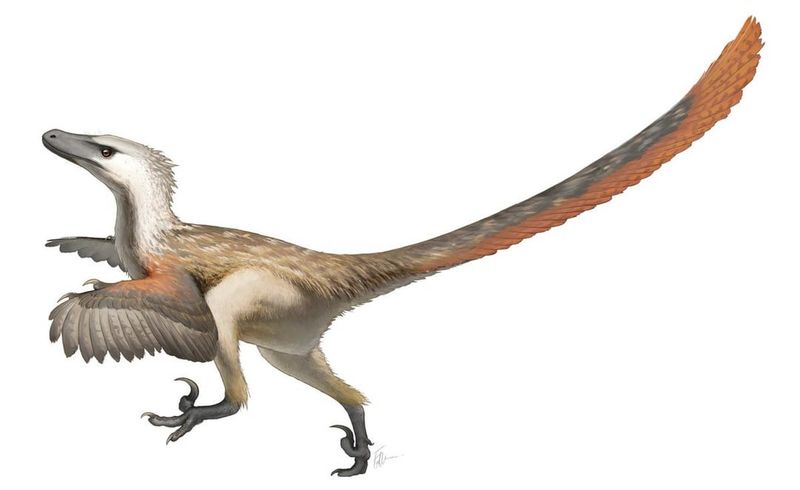
Forget those man-sized monsters from Jurassic Park! Real velociraptors stood knee-high to humans and were covered in feathers. These chicken-sized predators weighed around 30 pounds – closer to a turkey than the 6-foot terrors in movies.
The film actually based its “raptors” on Deinonychus, a larger cousin, then exaggerated their size for dramatic effect.
3. Dinosaurs Weren’t All Wiped Out By The Asteroid
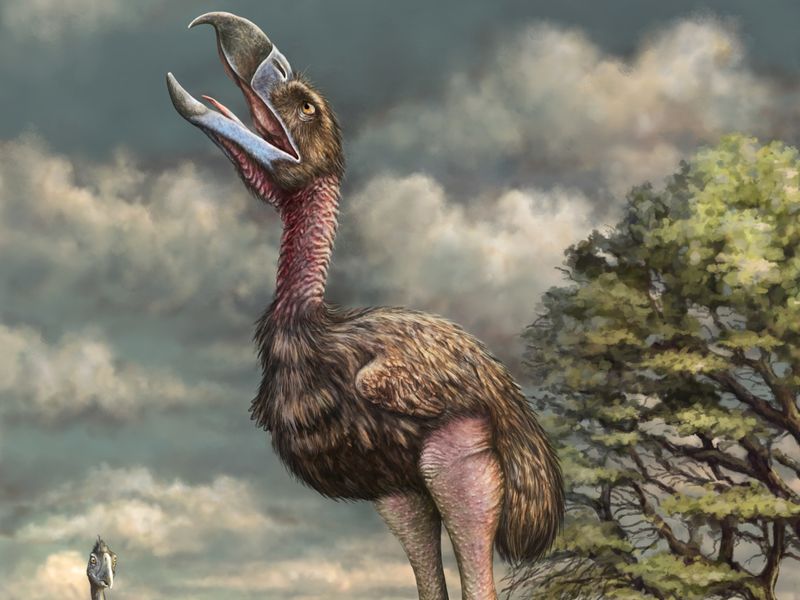
Look out your window – dinosaurs are still with us! Birds are technically avian dinosaurs that survived the mass extinction event. That sparrow at your feeder? Distant cousin to T-Rex!
While non-avian dinosaurs disappeared 66 million years ago, the evolutionary branch that became modern birds carried dinosaur DNA forward. Scientists now classify birds as living theropod dinosaurs.
4. Brontosaurus Actually Does Exist
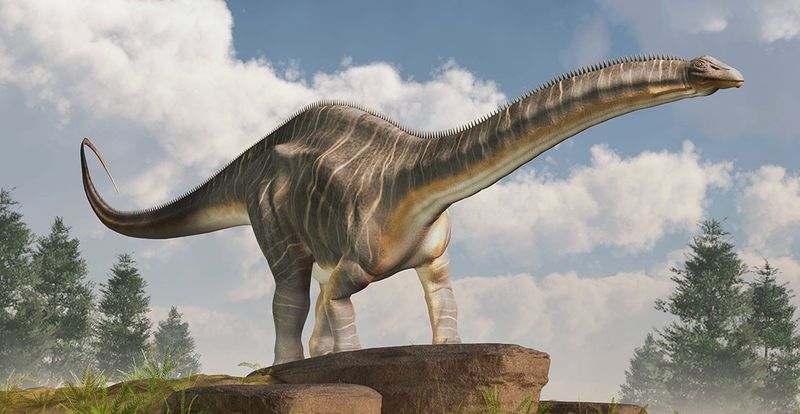
Remember being told Brontosaurus was just a mistaken Apatosaurus? Science flip-flopped! After declaring this beloved giant extinct from science books in 1903, researchers in 2015 found enough differences to resurrect Brontosaurus as its own genus.
This century-long scientific debate shows how paleontology constantly evolves with new evidence and analysis techniques.
5. Dinosaurs Weren’t Actually Slow And Lumbering

Contrary to old-school depictions, most dinosaurs weren’t swamp-dwelling slowpokes! Studies of bone structure and trackways show many species were agile and active. Medium-sized predators like Velociraptor could reach 24 mph.
Even massive sauropods moved efficiently, using their long necks to browse vegetation without wasting energy on constant movement.
6. We Actually Know What Colors Some Dinosaurs Were
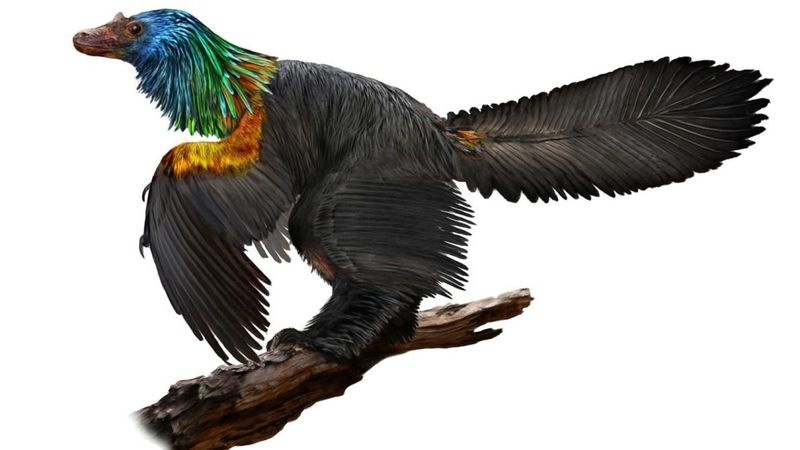
Gone are the days of guessing dinosaurs were all dull green and brown! Advanced microscopy techniques now reveal fossilized melanosomes – cellular structures containing pigment. Microraptor was iridescent black like a crow, while Sinosauropteryx sported a reddish-brown striped tail.
These discoveries help scientists understand dinosaur behavior, including camouflage and mating displays.
7. Spinosaurus Was Actually More Aquatic Than Fierce Land Predator

Forget the land-based super predator from Jurassic Park III! Recent discoveries show Spinosaurus had dense bones for buoyancy control and a paddle-like tail perfect for swimming. These adaptations point to a primarily aquatic lifestyle hunting fish.
Its famous sail likely served for temperature regulation or display rather than intimidation on land as previously thought.
8. Jurassic Park’s Dilophosaurus Never Spat Venom

That frilled, venom-spitting creature from Jurassic Park? Pure Hollywood fiction! Real Dilophosaurus had no neck frill and no evidence suggests it spat venom. Standing 7 feet tall and 20 feet long, it was actually much larger than portrayed in film.
Its distinctive double crests likely served as display structures for attracting mates rather than any predatory function.
9. Dinosaurs Didn’t Roar Like Lions
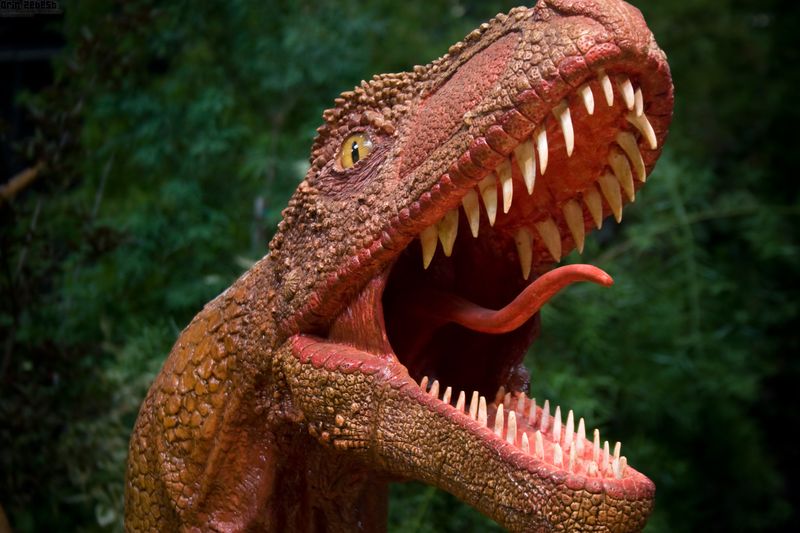
Dinosaurs lacked the vocal anatomy for mammalian-style roars. Their sounds likely resembled those of modern reptiles and birds – hisses, booms, and low-frequency rumbles.
Scientists study bird and crocodilian vocal structures to better understand how dinosaurs might have communicated. T-Rex probably produced deep, resonant sounds felt as much as heard.
10. Stegosaurus And T-Rex Never Met
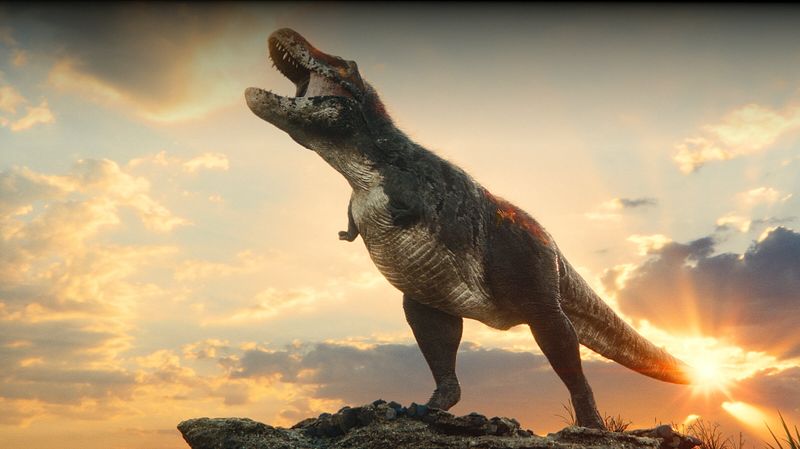
Toys and movies often show these icons together, but they missed each other by about 80 million years! Stegosaurus lived during the late Jurassic period (150 million years ago), while T-Rex stomped around the late Cretaceous (67 million years ago).
That time gap is longer than the entire period separating humans from the extinction of non-avian dinosaurs!
11. Pterodactyls And Plesiosaurs Weren’t Actually Dinosaurs
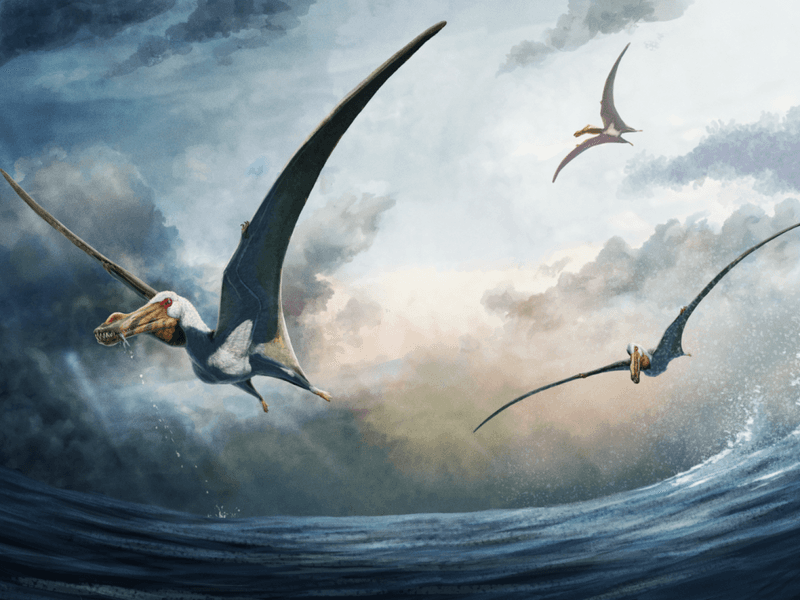
Flying pterosaurs and swimming plesiosaurs? Not dinosaurs at all! They belonged to entirely different reptile groups that evolved separately. True dinosaurs are defined by specific hip structures and limb positions that these creatures don’t share.
This misconception is like calling a bat a bird – they share adaptations for similar lifestyles but aren’t closely related.
12. Dinosaurs Didn’t Drag Their Tails
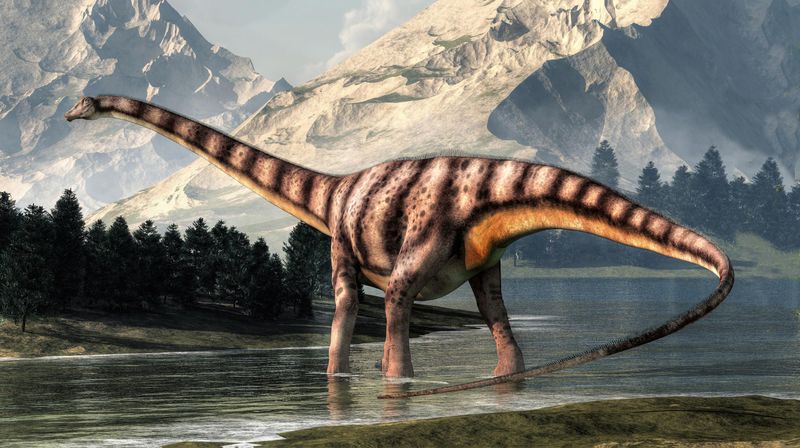
Old museum displays got it wrong! Dinosaur tails weren’t dragging appendages but held horizontally as counterbalances. Fossil trackways rarely show tail drag marks, confirming this posture. This horizontal position helped dinosaurs move efficiently and maintain balance.
Modern reconstructions show a more dynamic, athletic posture that better reflects how these animals actually moved.
13. Mammals Didn’t Evolve After Dinosaurs Disappeared
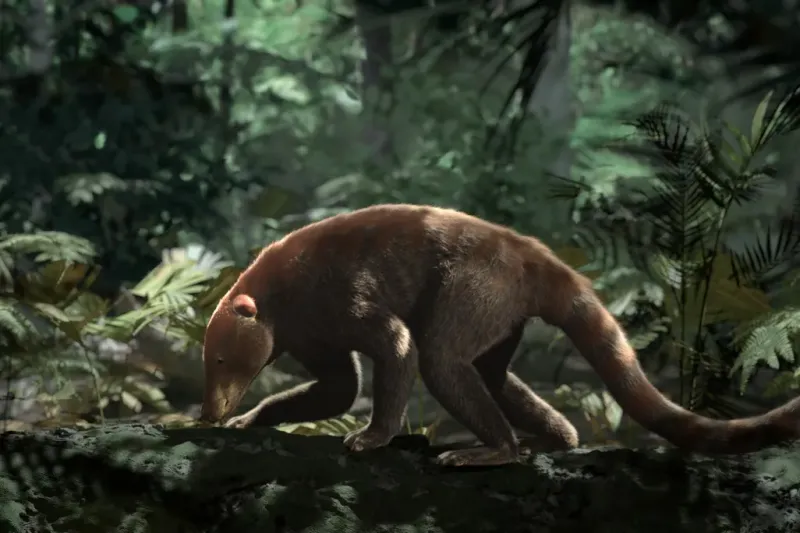
Tiny furballs scurried between dinosaur feet for millions of years! Mammals evolved alongside dinosaurs during the Triassic period, not after their extinction. They remained small and mostly nocturnal until the dinosaur extinction event created ecological opportunities.
Recent fossil discoveries show early mammals were more diverse and specialized than previously thought, filling various small-bodied ecological niches.
14. Dinosaurs Weren’t Evolutionary Failures
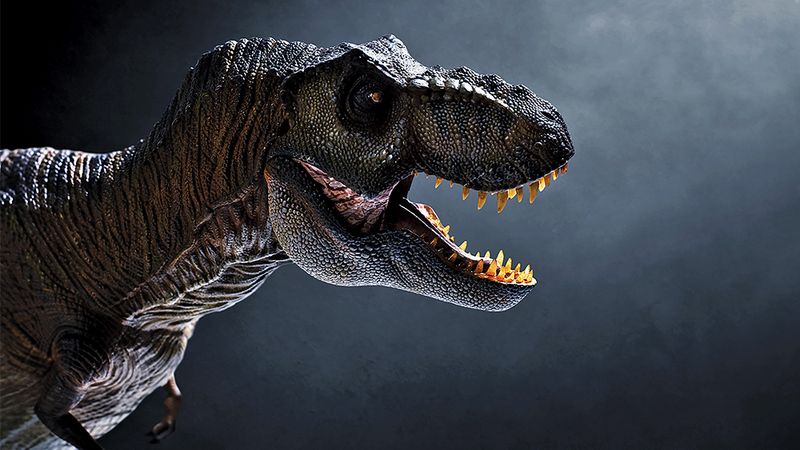
Calling dinosaurs evolutionary failures completely misses their incredible 165-million-year success story! Non-avian dinosaurs dominated Earth’s terrestrial ecosystems for three times longer than mammals have. Their descendants – birds – number nearly 10,000 species today.
Rather than failures, dinosaurs represent one of evolution’s greatest success stories, adapting to multiple global changes before the asteroid impact.
15. Not All Dinosaurs Were Giant-Sized
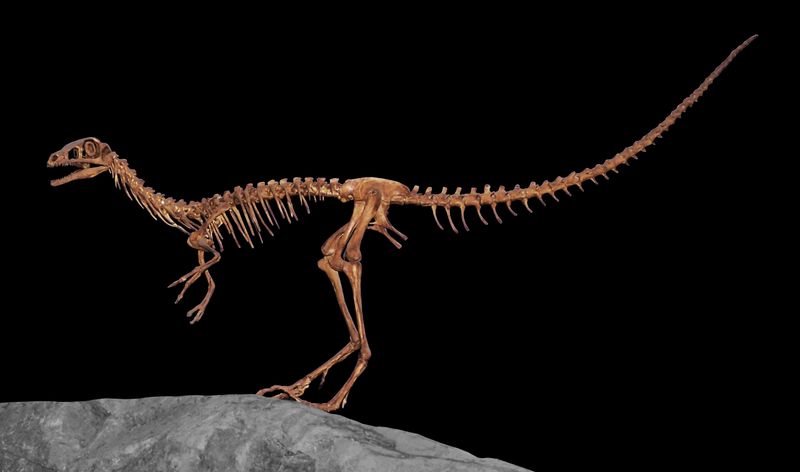
While the giants grab headlines, many dinosaurs were surprisingly small! Microraptor was crow-sized, while Compsognathus reached only turkey proportions. The smallest known dinosaur, Parvicursor, weighed less than a pound – smaller than many modern birds!
These pint-sized prehistoric creatures filled important ecological niches, proving dinosaurs succeeded through diversity, not just size.

